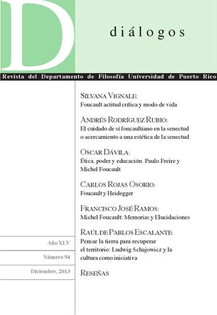Abstract
We propose a reconsideration of the encounter between art and the sacred in the context of the conceptual horizon opened by the relevant issue of the functionality of art in the anthropological framework of the multiple relations between art and other human activities. The traces of the divine, through art, have historically been not only one of the fundamental forms of the complex functional dimension of artistic endeavor, but have also contributed, to a large extent, to the characterization of the sacred and the profane in which the artistic act itself has been developing, in parallel, its corresponding interventions. In order to analyze this it is interesting to approach the hypothesis of the extended and broaden art (of «l‘art élargi») as a strategy to recognize and accept that, within the framework of artistic event, works of art can assume and perform (along with those functions considered strictly aesthetic) «other» non-artistic functions. This does not imply abandoning the effective level of its artistic reality, nor does it have to consider all these functions –not artistic ones– as something itself external, superadded or foreign to its creative act, and whose possible acceptance would ipso facto imply the questioning of its jurisdictional autonomy.Downloads
Download data is not yet available.

